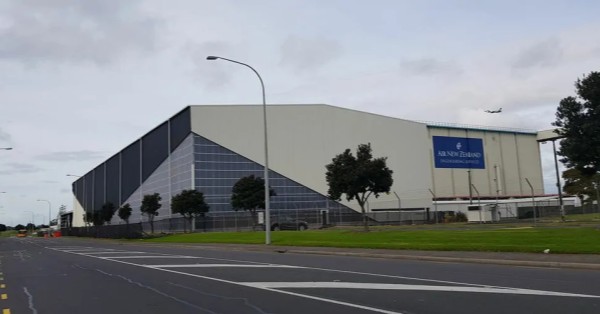The June 2023 edition of the Ericsson Mobility Report discloses an irrefutable acceleration of global 5G mobile subscriptions.
5G India
Leading the race is India, a country that stands unfazed by geopolitical and macroeconomic challenges, steadily embracing the 5G revolution as a part of its ambitious Digital India initiative.
The report provides a comprehensive view of the 5G landscape following the country’s first 5G service launch in October 2022. As of the end of 2022, India had recorded about 10 million 5G subscriptions. This figure is projected to skyrocket, with 5G forecasted to account for a staggering 57% of all mobile subscriptions in the country by 2028. This robust expansion pace designates India as the fastest-growing 5G market worldwide.
5G North America
In the Western hemisphere, North America stands out as another key player in 5G adoption. Despite previously conservative forecasts, the region has demonstrated resilient growth. At the close of 2022, North America boasted the highest global 5G subscription penetration, clocking in at 41%.
5G Global Front
On the global front, 5G subscriptions are experiencing exponential growth across all regions, anticipated to hit the 1.5 billion mark by 2023. Concurrently, the appetite for mobile network data is swelling. The monthly global average use per smartphone is expected to exceed 20 GB by 2023, reflecting our increased dependency on digital communication and content.
Notably, this upward trend in 5G subscriptions has sparked substantial revenue growth in leading 5G markets.
Fredrik Jejdling, Executive Vice President and Head of Networks at Ericsson, emphasizes the symbiotic relationship between the rise in 5G subscriptions and service revenue. Jejdling reveals, “Over the past two years, the introduction of 5G services in the top twenty markets has resulted in a seven percent revenue boost. This trend shows the growing value of 5G, benefiting users and service providers alike.”
Around 240 communications service providers (CSPs) worldwide have rolled out commercial 5G services. Among these, roughly 35 have either deployed or launched standalone 5G (5G SA). Consumers have been presented with a slew of services, including enhanced mobile broadband (eMBB), Fixed Wireless Access (FWA), gaming, and immersive AR/VR-based services catering to training and education.
5G Mobile Service Packaging
Intriguingly, the report underscores the role of 5G in driving innovative approaches to mobile service packaging. About 58 percent of 5G service providers now offer packages that bundle various popular entertainment services such as television, music streaming, or cloud gaming platforms.
5G Fixed Wireless Access (FWA)
Fixed Wireless Access (FWA) over 5G is also seeing a strong surge. Over 100 CSPs, making up around 40 percent of FWA service providers, now offer FWA over 5G. FWA is experiencing solid growth in terms of both the number of providers offering the service and the speed-based tariff structures. Traffic served is increasing in tandem with the rising number of connections and traffic volume per connection. By 2028, it’s estimated that 5G will underpin almost 80% of all FWA connections.
Ericsson Mobility Report Link
The Ericsson Mobility Report for June 2023 further delves deeper, including in-depth articles exploring how traffic patterns drive network evolution, how 5G networks can offer differentiated service, how AR uptake is being enabled by mobile networks, and how prepared networks are for new services. This comprehensive report sheds light on the intricate and evolving dynamics of global mobile connectivity, painting a promising picture of the 5G-driven future.
Read the full June 2023 Ericsson Mobility Report.
































